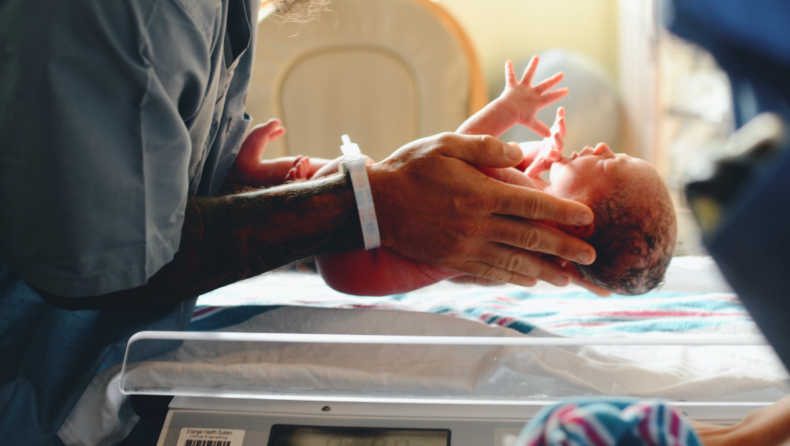One of the most significant issues that can occur during late pregnancy is when the amniotic sac (also known as the bag of waters) ruptures prematurely, allowing bacterial infections to cause deadly tissue inflammation surrounding the placenta.
This malady, known as chorioamnionitis, affects roughly 4% of full-term pregnancies. However, it is significantly more prevalent in premature births, where it occurs in 25-40% of premature deliveries.
The fatality rate in Infant due to chorioamnionitis is very low, however antibiotics are frequently used to prevent infections in suspected instances.
Unfortunately, antibiotics can also interfere with the production of tiny critical air sacs known as alveoli, as well as the establishment of the lungs’ immunological defenses.
As a result, neonates who are treated for chorioamnionitis are more likely to develop bronchopulmonary dysplasia (BPD). As survivors get older, they are at a higher risk of having asthma and developing other lung infections later in life.
Cincinnati Children’s Hospital researchers believe they have identified a strategy to avoid lung damage caused by chorioamnionitis.
Based on animal models, the researchers report that combining two medications known to disrupt cell signals that cause inflammation in other disorders also prevented chorioamnionitis-related inflammation damage.
Details were published online in Science Translational Medicine on March 30, 2022. Andrea Toth, BCE, an MSTP student in the Molecular and Developmental Biology Graduate Program, is the first author, and William Zacharias, MD, Ph.D. is the senior author.
“As a result of our findings, anti-inflammatory medicines might be employed in the future to treat newborns. These findings provide credence to the hypothesis that treatments focusing on the immune system may be effective in treating a variety of perinatal inflammations “It is stated by the co-authors.
Pathway for future research
Researchers utilized an IL1 receptor antagonist and anti-TNF monoclonal antibody in their investigation, which was published in the Journal of the American Medical Association in 2013.
These pharmaceuticals, however, may not be the ideal treatments for human therapy in the long run. According to co-authors, more research is needed.
New therapeutics for chorioamnionitis might be developed to protect the lungs of newborns and avoid BPD or other neonatal lung disorders, adds Zacharias.
This research is unusual since little is known about the human lung in the third trimester of pregnancy, thus beyond the therapeutic implications, we describe essential biology about lung development that is directly relevant to human children. “
This study necessitated the participation of a large team of specialists from Cincinnati Children’s, including members of the Perinatal Institute as well as the departments of Pulmonary Biology, Developmental Biology, Immunobiology, and Biomedical Informatics. Five additional institutions were also participating in the collaboration.
Just by describing the molecular activities involved in developing lung damage and chorioamnionitis, the scientists broke new ground. This effort included creating an “atlas” of the mechanisms involved in lung tissue development at the cell-by-cell level, all the way down to gene expression patterns and intricate molecular signaling.
The research then moved on to look into potential ways to reduce the lung damage. More research is needed to demonstrate that the anti-inflammatory method works in individuals, which drugs are safest, and when they are most useful during pregnancy, according to Zacharias.
Published By: Manan Khurana
Edited By: Subbuthai Padma













